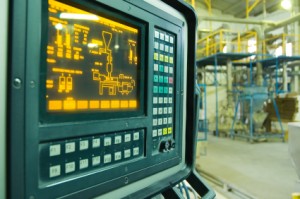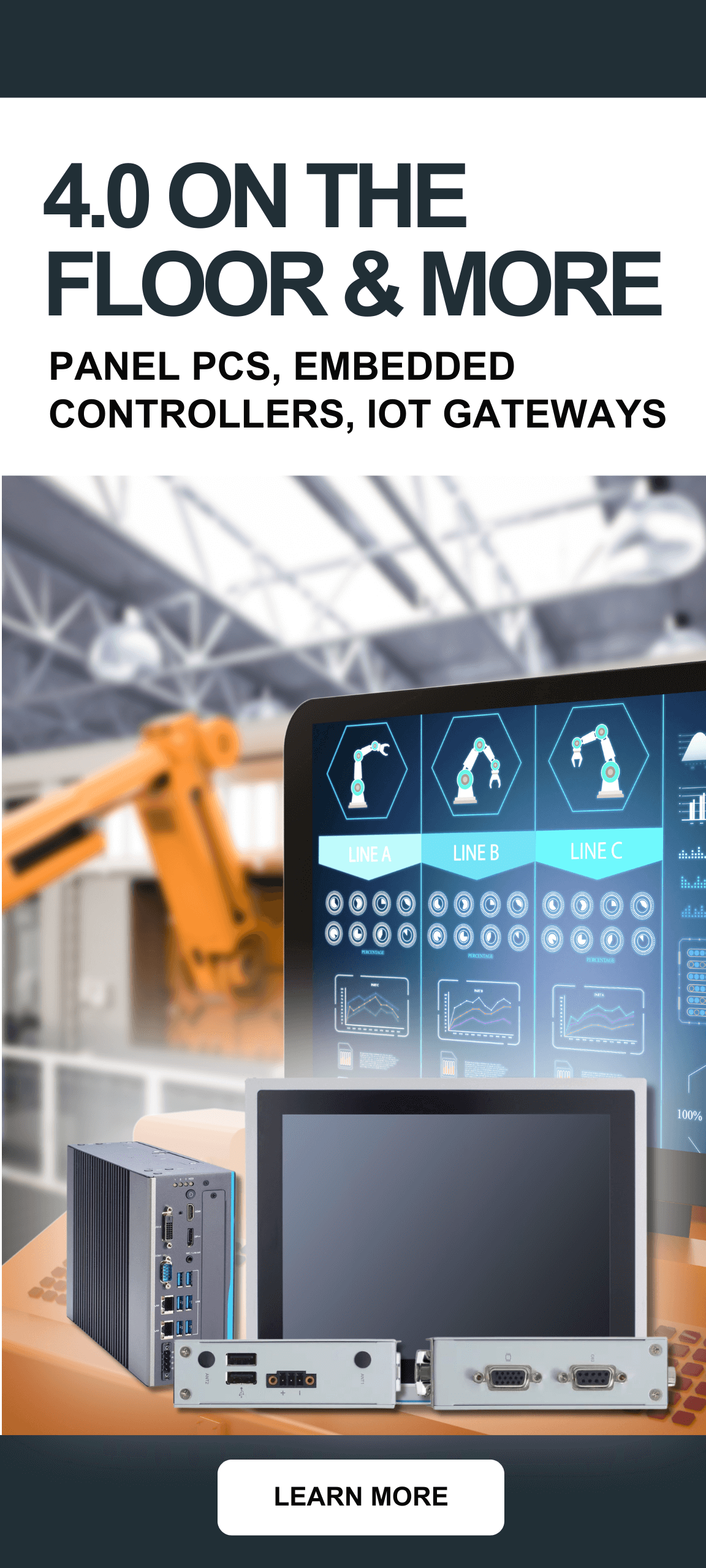
The Metallic Hand: Industrial Robotics and Embedded System Hardware
Blog
 Industry has always pushed in two seemingly opposite, yet connected directions. The first is embracing the creative and logical side of the human element. A good worker, trained in his or her craft and knowledgeable about a product or process, will produce the best outcome and push a design further than it specifications.
Industry has always pushed in two seemingly opposite, yet connected directions. The first is embracing the creative and logical side of the human element. A good worker, trained in his or her craft and knowledgeable about a product or process, will produce the best outcome and push a design further than it specifications.
The other industrial movement, however, embraces the use of robotics in the manufacturing process. These machines are made for very specific purposes, which they can fulfill with constant precision and power for long periods of time. They may not be able to “think” about their actions, but with proper programming they can detect problems and rectify them faster and more effectively than any person could.
Where Embedded System Hardware and Robotics Intersect
What drives industrial robotics is a different type of computer system, specifically a programmable logic controller, which works by reading both digital and analog I/O and changing variables on the fly to keep up. Where embedded system hardware comes into play for the robotics sector is in the programming and setup stages. Before a robotic machine is hooked into the workcell and commissioned on a factory line, it has to be encoded to complete the job, a process that can be done on an embedded system.
What embedded system hardware must do is properly instruct the workcell to commit to a certain pattern. This procedure is done through programming on a proprietary program, usually made by the OEM supplying the system. An OEM can work with a distributor to create an embedded system that has the perfect hardware to handle the program, while keeping within a set budget.
How Embedded System Hardware Interfaces with Robotics
 This freshly designed hardware is then used as the setup and central brain for the robotic workcell. The embedded system hardware can be linked directly to the logic controller via an I/O or through a network. Designers can use the proprietary program to set up the parameters of what the robotic machine will do. For instance, a welding arm needs to have the exact points where it needs to apply the torch mapped out in virtual space, which is then applied to the real world action. This planning is done on embedded system hardware and informs the work being done through the PLC and the robotic machine. It shows how the human and robotic sides of industry connect through the use of embedded systems.
This freshly designed hardware is then used as the setup and central brain for the robotic workcell. The embedded system hardware can be linked directly to the logic controller via an I/O or through a network. Designers can use the proprietary program to set up the parameters of what the robotic machine will do. For instance, a welding arm needs to have the exact points where it needs to apply the torch mapped out in virtual space, which is then applied to the real world action. This planning is done on embedded system hardware and informs the work being done through the PLC and the robotic machine. It shows how the human and robotic sides of industry connect through the use of embedded systems.
 Brian Luckman is the President of New Era Electronics. He has worked in the industrial OEM market for over 25 years, serving a variety of different industries, gaining a strong reputation for his expertise and a thorough understanding of how to properly service OEM customers. In 2000 he began New Era Electronics and the company continues to grow. He’s a husband and father and enjoys exploring the outdoors.
Brian Luckman is the President of New Era Electronics. He has worked in the industrial OEM market for over 25 years, serving a variety of different industries, gaining a strong reputation for his expertise and a thorough understanding of how to properly service OEM customers. In 2000 he began New Era Electronics and the company continues to grow. He’s a husband and father and enjoys exploring the outdoors.
Creative Commons Attribution: Permission is granted to repost this article in its entirety with credit to New Era Electronics and a clickable link back to this page.




